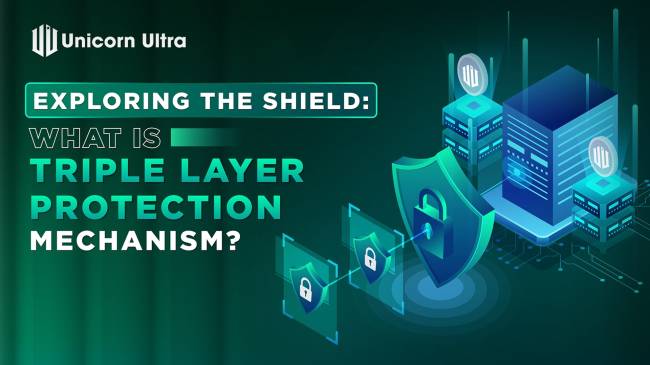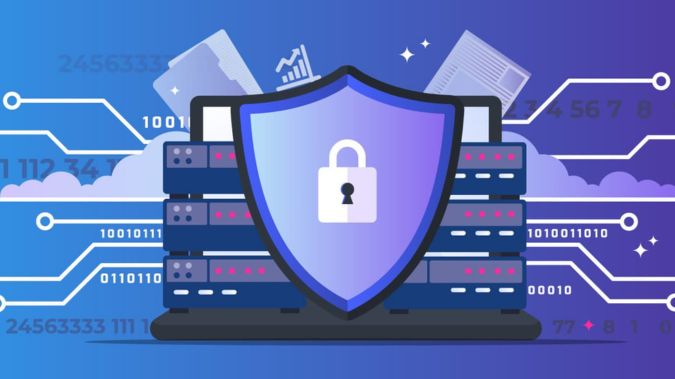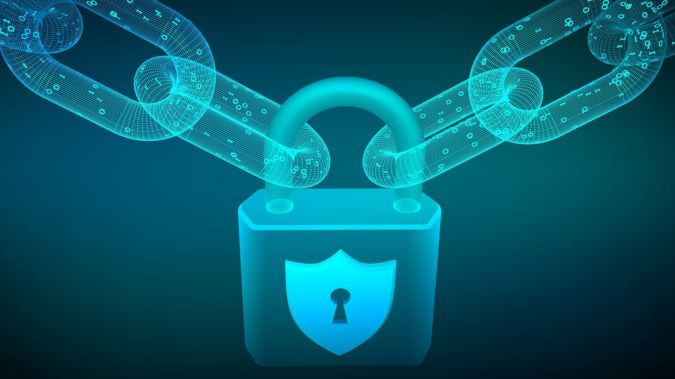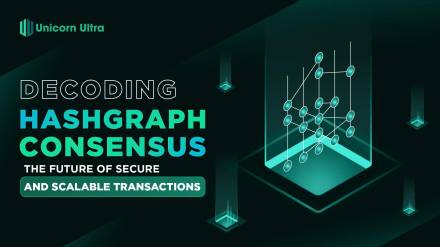In today's rapidly evolving digital landscape, security is a paramount concern for individuals and organizations alike. Protecting sensitive information and data from unauthorized access or malicious actors has become a top priority. One innovative approach to bolster security measures is the Triple Layer Protection Mechanism. In this blog, we'll delve into the heart of this security innovation, exploring What Is Triple Layer Protection Mechanism, its operation, advantages, real-world applications, and its promising role in the future of safeguarding our digital world.
Table of Contents
What is Triple Layer Protection Mechanism?
What Is Triple Layer Protection Mechanism? At its core, the Triple Layer Protection Mechanism is a multifaceted approach designed to enhance data security, making it considerably more challenging for unauthorized entities to breach digital defenses. This advanced security system is founded on three distinct layers of protection, each playing a crucial role in fortifying the overall security posture. These three layers are:
- Authentication Layer: The first line of defense, the authentication layer, focuses on verifying the identity of users or devices attempting to access a system. This typically involves robust authentication methods such as biometrics, multi-factor authentication, and secure password policies.
- Encryption Layer: The second layer revolves around data encryption. Data is transformed into an unreadable format to prevent unauthorized access, and decryption keys are required to unlock it. Advanced encryption algorithms are employed to ensure data remains confidential and secure.
- Access Control Layer: The third and final layer involves strict access controls and permissions. It regulates who can access specific data and what actions they can perform. Access control policies are meticulously configured to limit data exposure to only authorized personnel.

How does Triple Layer Protection Mechanism work?
The intricate workings of the Triple Layer Protection Mechanism involve these three layers functioning in tandem. Here's how they work together to secure data and systems:
- Authentication Layer: Before granting access, users or devices must undergo rigorous identity verification. This may include biometric scans, possession of authentication tokens, and the provision of unique user credentials. Once successfully authenticated, access is granted to the next layer.
- Encryption Layer: The authenticated user's data is then encrypted using strong encryption algorithms. Even if unauthorized access is gained at this stage, the data remains inaccessible without the decryption keys. Encryption ensures the data remains confidential during transmission and storage.
- Access Control Layer: The final layer adds an extra safeguard by controlling access to the decrypted data. Access control policies dictate which users or devices are authorized to access specific resources. Any attempt to access data without proper authorization is halted at this layer.

Benefits of Triple Layer Protection Mechanism
The implementation of the Triple Layer Protection Mechanism offers a range of significant benefits. These include:
- Enhanced Data Security: By combining authentication, encryption, and access control, the mechanism greatly fortifies data security, making it challenging for malicious actors to compromise sensitive information.
- Mitigation of Unauthorized Access: Unauthorized access attempts are substantially reduced as the mechanism requires strict verification at the authentication layer, encryption for confidentiality, and well-defined access permissions.
- Compliance and Regulatory Adherence: Triple Layer Protection Mechanism often aligns with various data security regulations and standards, ensuring organizations remain compliant.
- Data Integrity: In addition to securing data, this approach also ensures data integrity, meaning data remains unaltered and reliable.

Applications of Triple Layer Protection Mechanism
The Triple Layer Protection Mechanism has versatile applications across multiple domains. Some key areas of application include:
- Financial Services: Banks, investment firms, and payment processors employ this mechanism to safeguard financial transactions and customer data.
- Healthcare: The healthcare sector uses it to protect patient records and sensitive medical information, ensuring privacy and compliance with regulations like HIPAA.
- Government and Defense: Governments and defense agencies use it to secure classified and sensitive information from espionage and cyberattacks.
- E-commerce and Retail: Online retailers employ triple layer security to protect customer payment data and personal information.
Future of Triple Layer Protection Mechanism
As digital threats continue to evolve, the future of the Triple Layer Protection Mechanism appears promising. It is expected to play a pivotal role in the ongoing quest for robust data security. Further developments and innovations in this realm will likely enhance its adaptability across various industries and applications.
Conclusion
What Is Triple Layer Protection Mechanism? In an increasingly interconnected world where data security is paramount, the Triple Layer Protection Mechanism stands as a formidable defense. By combining authentication, encryption, and access control, it fortifies data security, mitigates unauthorized access, ensures compliance, and preserves data integrity. The future of this mechanism holds great potential as it continues to evolve in the face of emerging digital threats, safeguarding our digital landscape for years to come. Follow U2U for more blockchain updates.






